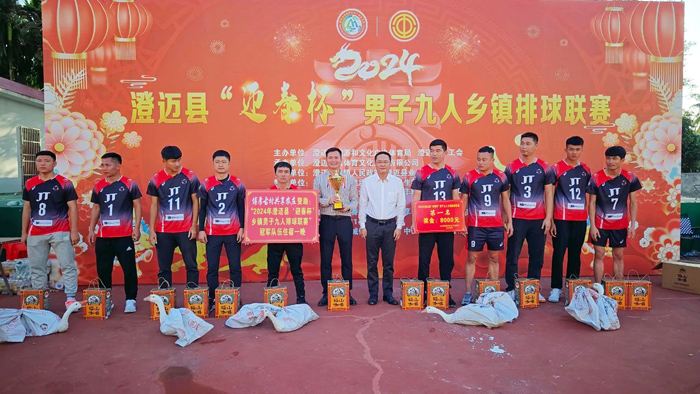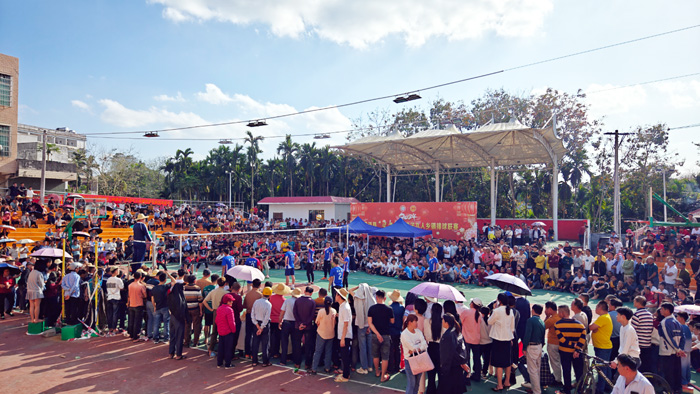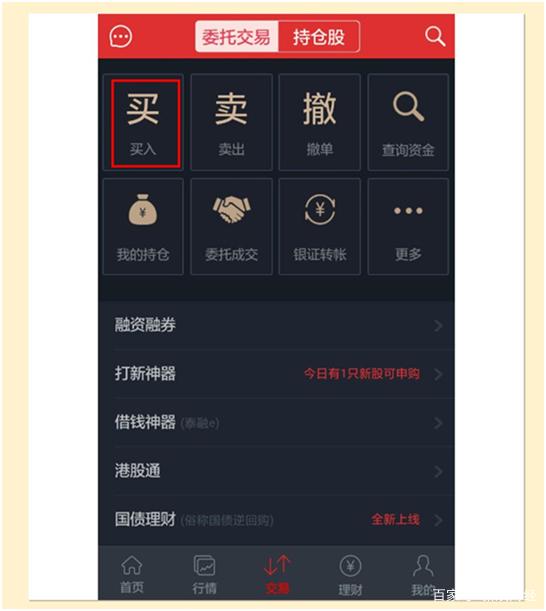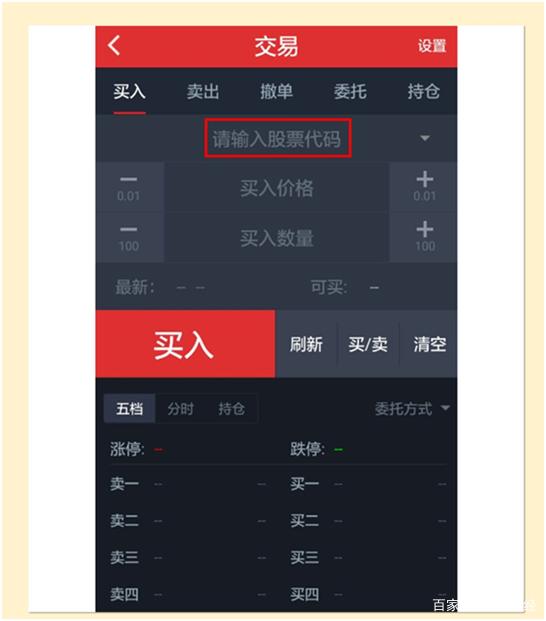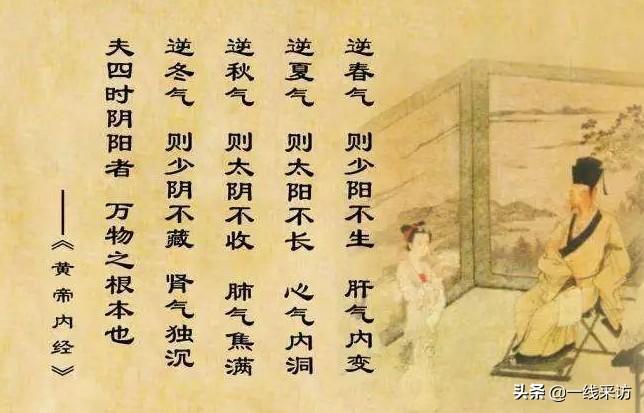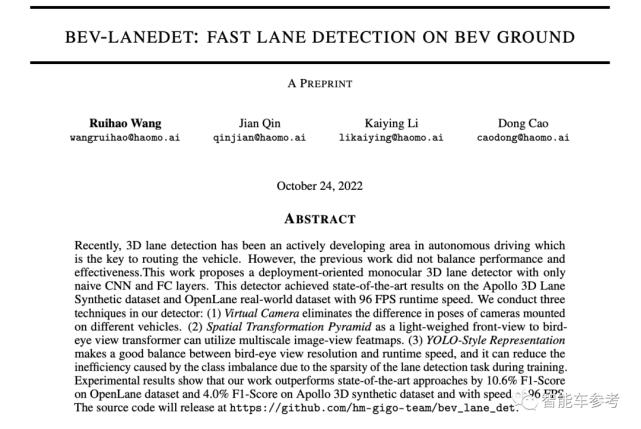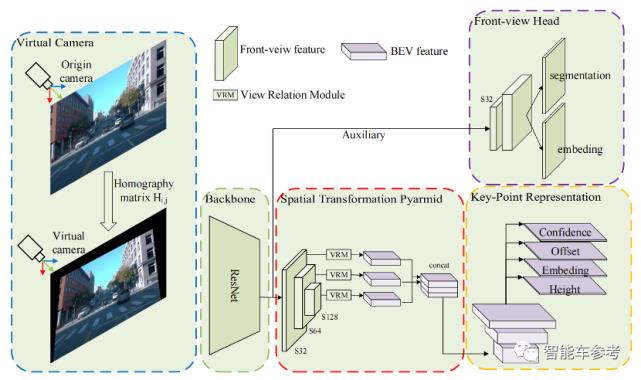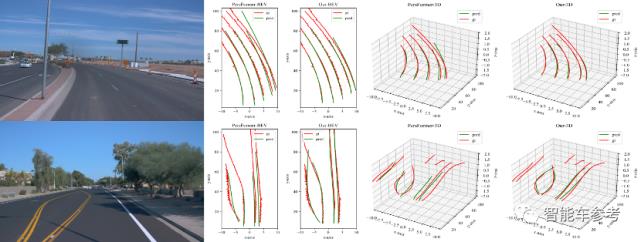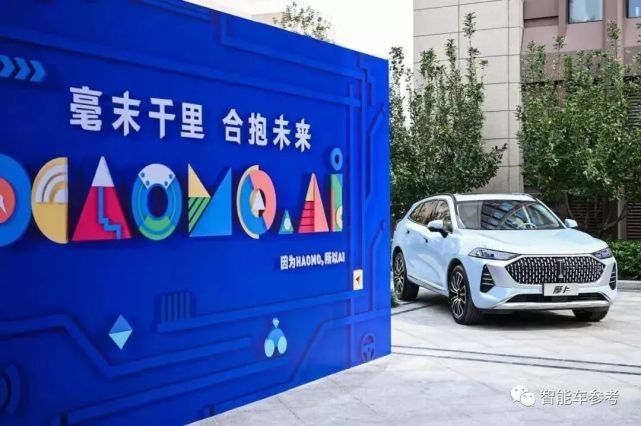Top ten luxury mineral water brands in the world, how much is the most expensive bottle of mineral water?
How much is the most expensive bottle of mineral water?
It may be hard for most people to believe it …
According to the comprehensive ranking, the top ten luxury mineral water brands in the world are: Beverly Hills 90h20, modigliani, Exousia Gold, Kona Nigari, Fillico, Berg Iceberg Glacier Water, Iluliaq Glacier Water, Bling H2O Buling Mineral Water, CHATELDON Chatterdon Mineral Water and AQUADECO Yajia Spring. The details are as follows: The details of the top ten luxury mineral water brands in the world are as follows.
1. Beverly Hills 90h20 mineral water (reference price: 680,000)
This water was selected as the "Best Mineral Water Award in the World" by many high-quality water engineers. It is said that the water source comes from the middle of the Los Angeles Mountains. Its packaging is also very luxurious, and the bottle cap is inlaid with 600 white diamonds and 250 black diamonds.
2. modigliani mineral water (reference price: 420,000)
It is said that the bottle body is made of 24K pure gold, and it is from the artist Fernando. The water comes from Fiji and France, and it contains gold powder.
3. Exousia Gold (reference price: 170,000)
When making water, a special distillation method is used, which is said to have the effect of delaying aging.
4. Kona Nigari (reference price: 2730 yuan)
The water source is selected from the seabed of Hawaii Island. It is said that drinking the water for a long time can help to lose weight and improve the skin condition.
5. Fillico (reference price: 1491 yuan)
The low hardness natural mineral water from Kobe, Japan, has a gorgeous bottle. The bottle cap adopts the shape of a crown, and the bottle body is inlaid with many Swarovski crystals, which are matched with a gold coating. Limited to 500 bottles for sale every month.
6. Berg iceberg brand glacier water (reference price: 900 yuan)
The water source is the ancient glacier in the west of Greenland 15,000 years ago, with soft water quality, slightly sweet taste and low mineral content.
7. Water of Iluliaq Glacier (reference price: 320 yuan)
The water comes from the Selmec Kujalek Glacier in Greenland, and the annual output is very small, and it will only be produced according to the demand. The company will also mark the name of the user who buys glacier water on the bottle, which is the love of celebrities and rich people.
8. Bling H2O Buling mineral water (reference price: 307 yuan)
This kind of water is very popular abroad, and many globes and stars have drunk it. The water source is from Dayun Mountain, Tennessee, USA. The bottle is frosted glass, and the logo is inlaid with 64 Swarovski crystals.
9. CHATELDON Chatterdon mineral water (reference price: 108 yuan)
It is the royal mineral water of King Louis XIV, which is rich in minerals and can usually only be bought in high-end restaurants.
10. AQUADECO Yajia Spring (reference price: 82 yuan)
It is said that the water source comes from an aquifer formed in the ice age tens of thousands of years ago, with a cool entrance, pure water quality and minerals.
Among the top ten most expensive mineral water brands in the world in 2022, besides emphasizing healthy water quality, bottle design and added value occupy the main premium factors.
Editor in charge:



